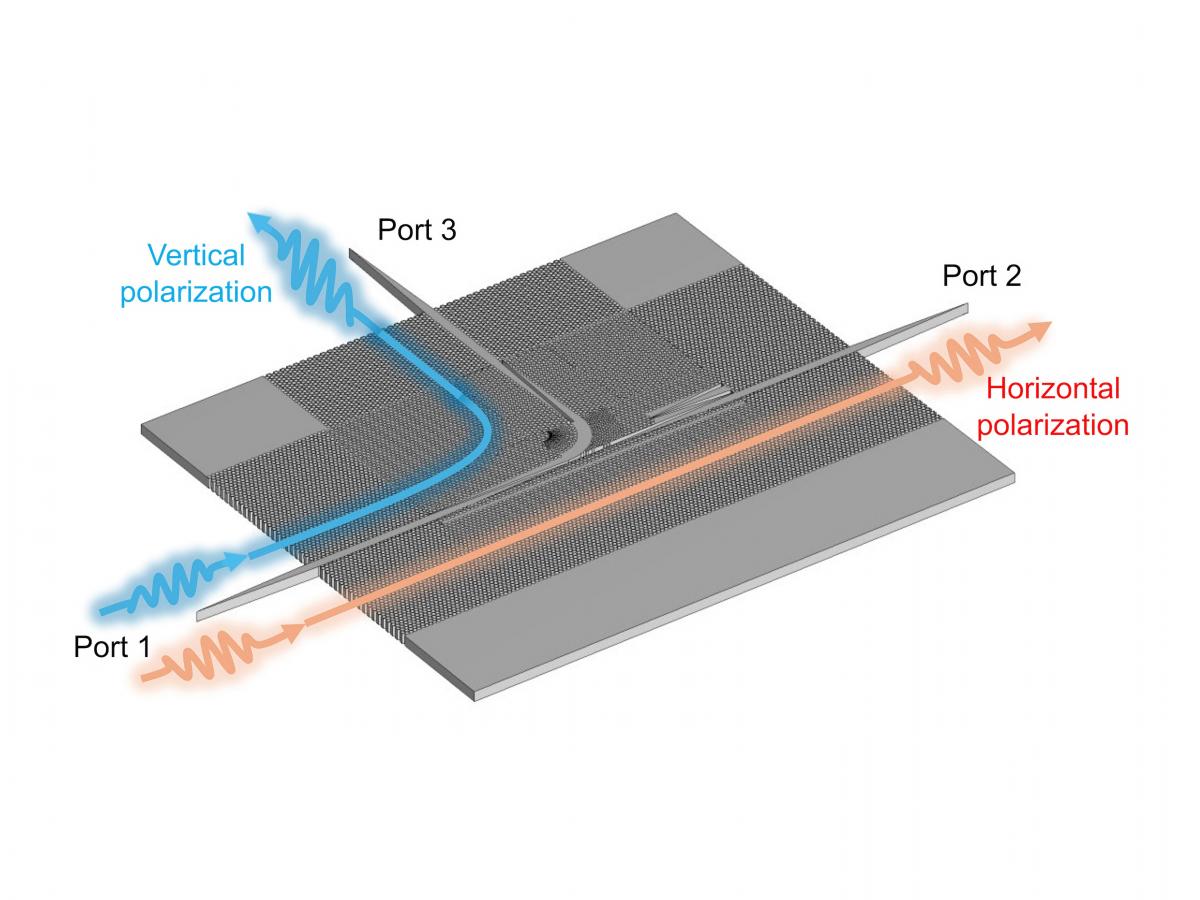In a leap toward the future of wireless tech, a team of scientists has developed a unique polarisation multiplexer that could change how we approach 6G communications. This breakthrough, led by Professor Withawat Withayachumnankul from the University of Adelaide, isn’t just a simple step forward—it’s a game-changer that could double data transmission capacity, making ultra-fast, reliable wireless networks a reality.
The team’s ultra-wideband terahertz polarisation multiplexer, successfully tested in the sub-terahertz J-band (220-330 GHz), allows multiple data streams to be sent over the same frequency band simultaneously. This is a big deal for engineers working on the next generation of wireless communications because terahertz frequencies promise ultra-fast data transfer rates, essential for applications like high-definition video streaming, augmented reality, and 6G mobile networks.

One of the biggest challenges in terahertz communications has been efficiently managing and using the available spectrum. This new multiplexer addresses that problem by enabling more data to be transmitted with less loss while being cost-effective to produce on a large scale.
Dr. Weijie Gao, who contributed to the research, highlights that this innovation not only boosts the efficiency of terahertz communication systems but also sets the stage for more reliable high-speed wireless networks. The team expects their work to soon lead to commercial prototypes and early-stage products, with wide-ranging impacts on industries like telecommunications, imaging, radar, and the Internet of Things (IoT) over the next decade.
In short, this polarisation multiplexer is a key advancement that brings us closer to realizing the full potential of 6G and beyond.
Read the full story here: Silicon chip propels 6G communications forward | Newsroom | University of Adelaide

